Table of Contents[Hide][Show]
While trendy face oils are currently all the rage, they are far from being a nouveau concept. Several cultures have been using essential oils for cosmetic, medicinal, culinary, and religious use for centuries.
Even though the Egyptians tend to get the credit for being the first to use these extracts for the aforementioned purposes, some historians argue that they were being utilized in India (think Ayurveda) and China around the same time.
Essential oils for skin type
Regardless of historical origin, one thing is for certain: Essential oils have the power to naturally improve the appearance of your skin, without harsh chemicals, parabens, and other irritants—bonus points for being mood-elevating!
To be clear, essential oils are natural extracts sourced via numerous methods, though distillation is the most common. All parts of the plant are used—though not necessarily at once—to include, the stems leaves, flowers, fruits, and resins. Natural compounds, essential oils are comprised of chemical ingredients that carry a wide array of benefits to the skin.
The Best Essential Oils For Every Skin Type
Of course, some oils work better for a particular skin type than others, which is why we’ve created this handy guide to help you navigate the expansive world of essential oils (there are more than 90 varieties, after all.)
Once you’ve got a grasp on what type of oils to purchase, take advantage of the recipe at the end and make your own face oil at home. Your skin—and your wallet—will thank you.
Essential Oils for Oily Skin
Shiny surface, clogged pores, blackheads, breakouts, thick appearance
You never want to completely strip the skin of oil, as it will only overcompensate by producing more out of survival mode. The best essential oils for oily skin help to balance natural oils, purify, promote an even skin tone, reduce the appearance of dullness, gently exfoliate, and leave skin appearing luminous.
- Orange
- Lemon
- Lime
- Bergamot
- Geranium
- Cypress
Essential Oils for Acne-Prone Skin
Comedones, microcomedones, papules, blackheads, redness, pustules
Harsh, over-the-counter acne treatments can cause redness, peeling, and irritation. The best essential oils for acne-prone skin balance natural oils, decongest pores, help remove buildup from the surface of the skin, alleviate temporary redness or discomfort, and clarify and balance.
- Melaleuca Alternifolia (Tea Tree)
- Geranium
- Vetiver
- Lavender
- Patchouli
Essential Oils for Dry Skin
Rough, dull, flaky, tight, blotchy, lacks elasticity
Whether you’ve spent too much time in the sun, have been neglecting your skin care routine, or have naturally dry skin due to chronological age, the best essential oils for dry skin create a radiant, glowing complexion; encourage revitalized skin; plump and soften your look; and have an emollient effect.
-
- Cedarwood
- Geranium
- Myrrh
- Sandalwood
- Palmarosa
- Roman or German Chamomile
What Are the Best Foods For Your Skin Type? Eating for Healthy Glowing Skin
Essential Oils for Combination Skin
Shiny T-zone, dry cheeks and forehead, visible pores, blackheads
When addressing a mixed complexion (oily T-zone, dry cheeks and forehead), it’s all about creating balance. The best essential oils for a combination skin tone balance natural oils, promote an even skin tone, decongest pores, reduce the appearance of dullness, and moisturizes.
- Patchouli
- Lavender
- Bergamot
- Orange
Essential Oils for Mature Skin
Loss of tone and elasticity, lack of moisture, fine lines and wrinkles, dull
As we get older, our oil production slows down, thus leading to a dry, parched complexion that shows your age.
The best essential oils for a mature skin type moisturize aging skin; reduces the appearance of dullness; promote an even skin tone; create a radiant, glowing complexion; give a tighter, firmer look; diminish/reduce the appearance of fine lines and wrinkles; and lessen the appearance of occasional redness.
- Ylang-ylang
- Patchouli
- Cypress
- Sandalwood
- Lavender
- Frankincense
- Rose
- Palmarosa
- Elemi
How To Use Your Essential Oils
There are a multitude of ways you can use essential oils in cosmetic preparations, but one of the easiest routes to go is by whipping up a concentrated face oil. It’s important to note that you can’t put essential oils straight on your skin as it can cause a severe rash, among other unpleasant and dangerous side effects.
So, to make your face oil you’ll need a carrier oil that’s suitable for your skin type as well. Oils with a smaller molecular size are good options because they are more easily absorbed into the skin (and won’t clog pores) than those with a larger molecular structure. Here are some general guidelines:
Oily: Jojoba, squalane, tea tree, and marula oils
Acne-Prone: Squalane, tea tree, and jojoba oils
Dry: Marula, avocado, jojoba, sunflower, and tamanu oils
Combination: Marula, sweet almond, sunflower, and jojoba oils
Mature: Avocado, argan, carrot seed, rose hip seed, and marula oils
Face Oil Recipe
Remember, you need not stick to one essential oil. You’ve got 40 drops to play with, so don’t be afraid to mix and match the oils that are conducive to your skin type.
Just make sure you don’t have any allergies to a specific ingredient—it’s never a bad idea to conduct a patch test first.
- Pick a carrier oil for your skin type
- Add 40 drops of essential oil and 4 tablespoon of carrier oil to a 2-ounce dark glass (to preserve the integrity of the oils) dropper bottle
- Shake well before each use
- Store in a cool, dark place
You can find more information about making facial oil with essential oil in our latest release.
Purchasing Quality Oils
Just like receiving more health benefits from eating fresh vegetables than those in a can, you’re going to see a better result if you’re choosing high quality, pure therapeutic-grade essential oils. Sure, you may spend a little more in the beginning, but you’ll be getting a lot of bang for your buck in the long run.
Think about it: There are approximately 100 drops of oil in a 5ml bottle and 300 in a 15ml bottle—this amount may vary marginally depending on the viscosity of the oil. There are a lot of tricky sellers out there offering inexpensive oils that are not pure, so buyer beware. Look for a reputable dealer with a history of selling of selling top-notch product. Here are a few signs that indicate your oils are not up to snuff:
- The oils are not stored in dark glass containers.
- When a drop dries on a piece of paper, it leaves an oily ring—this indicates it’s mixed and not pure. The only exception is with naturally heavier oils such as vetiver, sandalwood, patchouli, and German chamomile as they are deeper in color.
- The cost: Essential oils are generally going to be more expensive, but common oils such as lavender and sweet orange are more mainstream, so they have a smaller price tag. Oils that should never be bargain basement price are jasmine, rose, chamomile, and lemon balm.
- While essential oils should have some slip, they should not feel heavy or greasy.
A Word Of Caution: Sun Safety
As wonderful as essential oils are, you have to be aware that some essential oils contain compounds that cause you to become more sensitive to the sun, which in turn will cause you to burn faster than normal. When using essential oils such as these, it’s best to avoid direct sunlight and always wear a proper SPF, reapplying throughout the day as necessary.
Experts actually suggest waiting 12 hours before going out in the sun, so you may want to reserve products with these oils for nighttime use. Here are the oils on the watch list:
- Bergamot
- Grapefruit
- Lime
- Lemon
- Orange
- Ginger
- Angelica
- Rue
- Cinnamon
- German chamomile
What Are the Best Foods For Your Skin Type? Eating for Healthy Glowing Skin
Resources:
“History of Essential Oils,” Essential Oils Academy, https://essentialoilsacademy.com/history/
“Health Benefits of Essential Oils,” Organic Facts, https://www.organicfacts.net/health-benefits/essential-oils
“Essential Oil Safety: What is Photosensitivity?,” American College of Healthcare Sciences, January 30, 2018, http://info.achs.edu/blog/what-is-photosensitivity-with-essential-oils
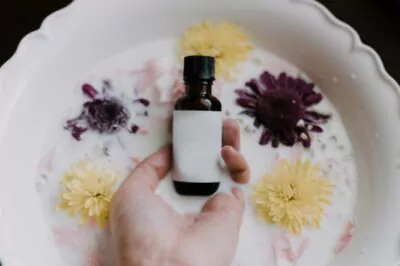

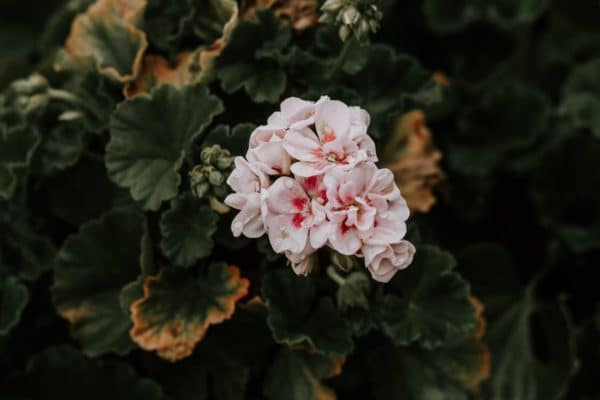
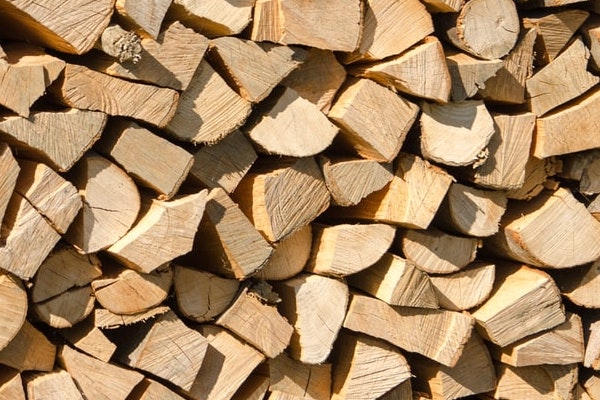
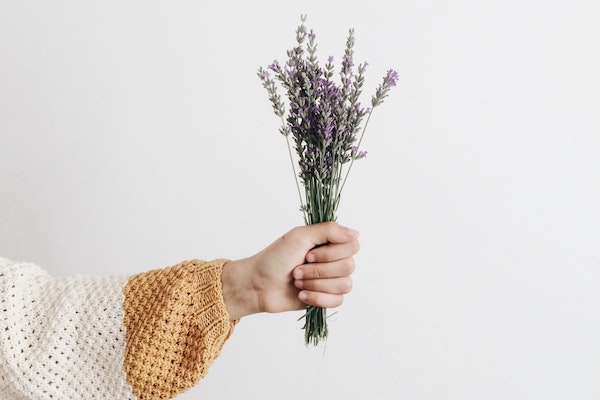
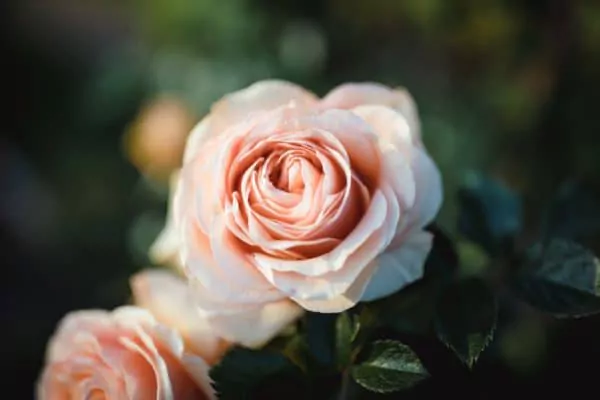

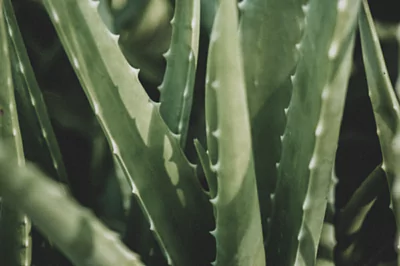
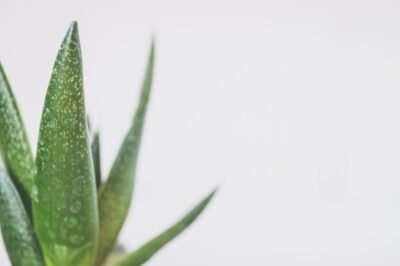

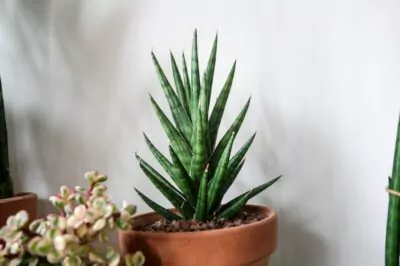
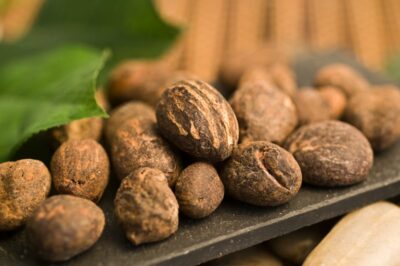
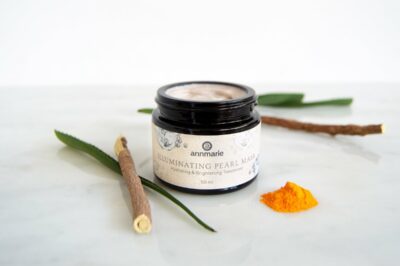
Leave a Reply